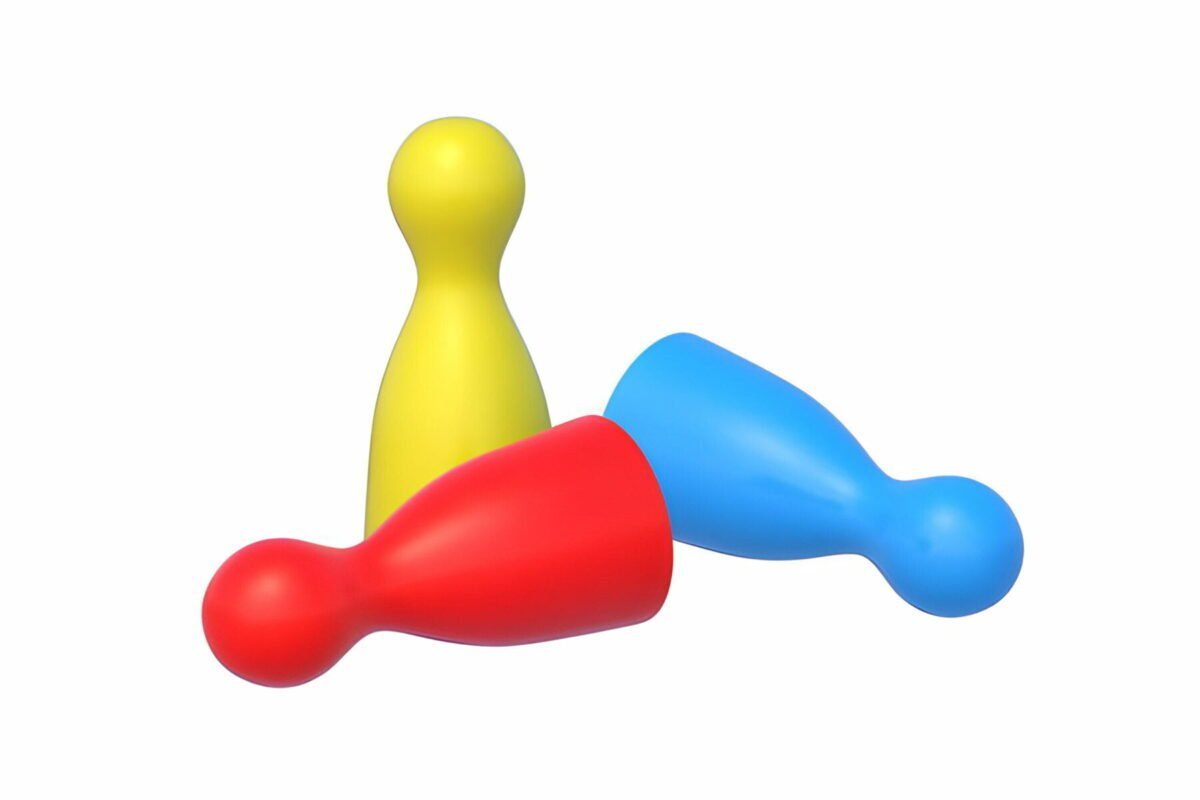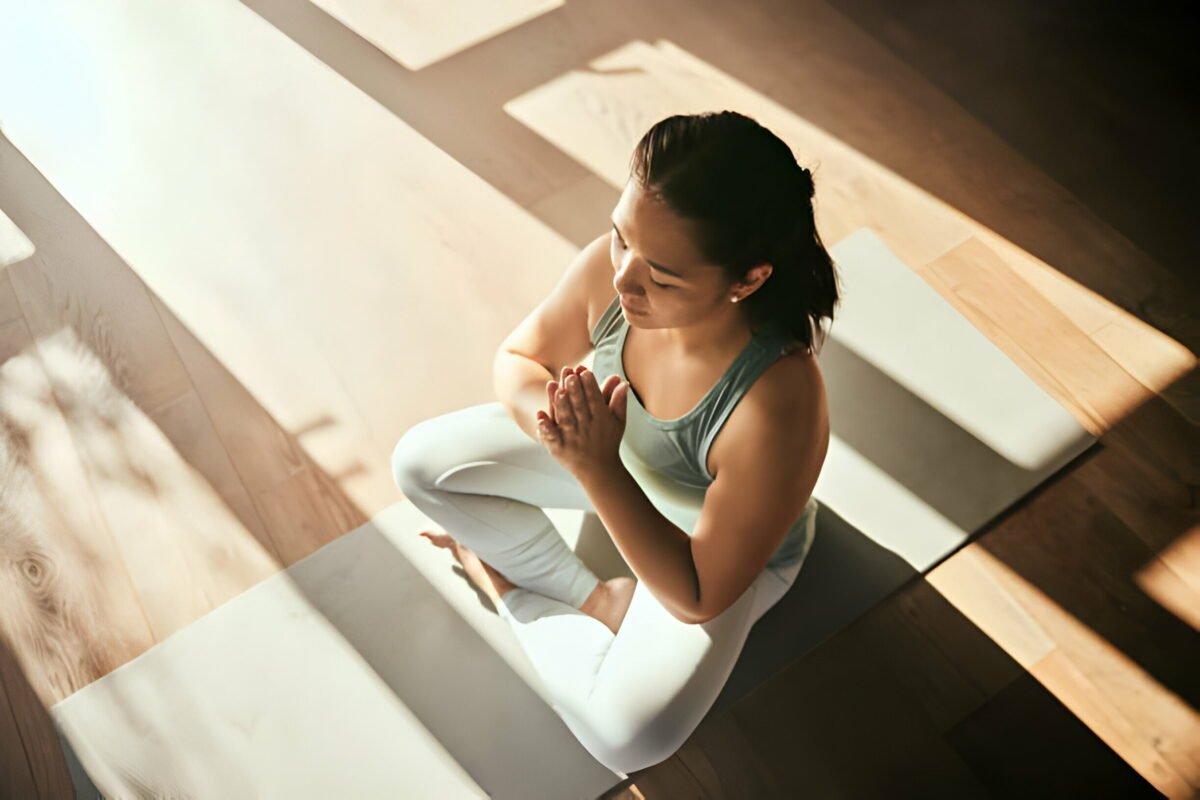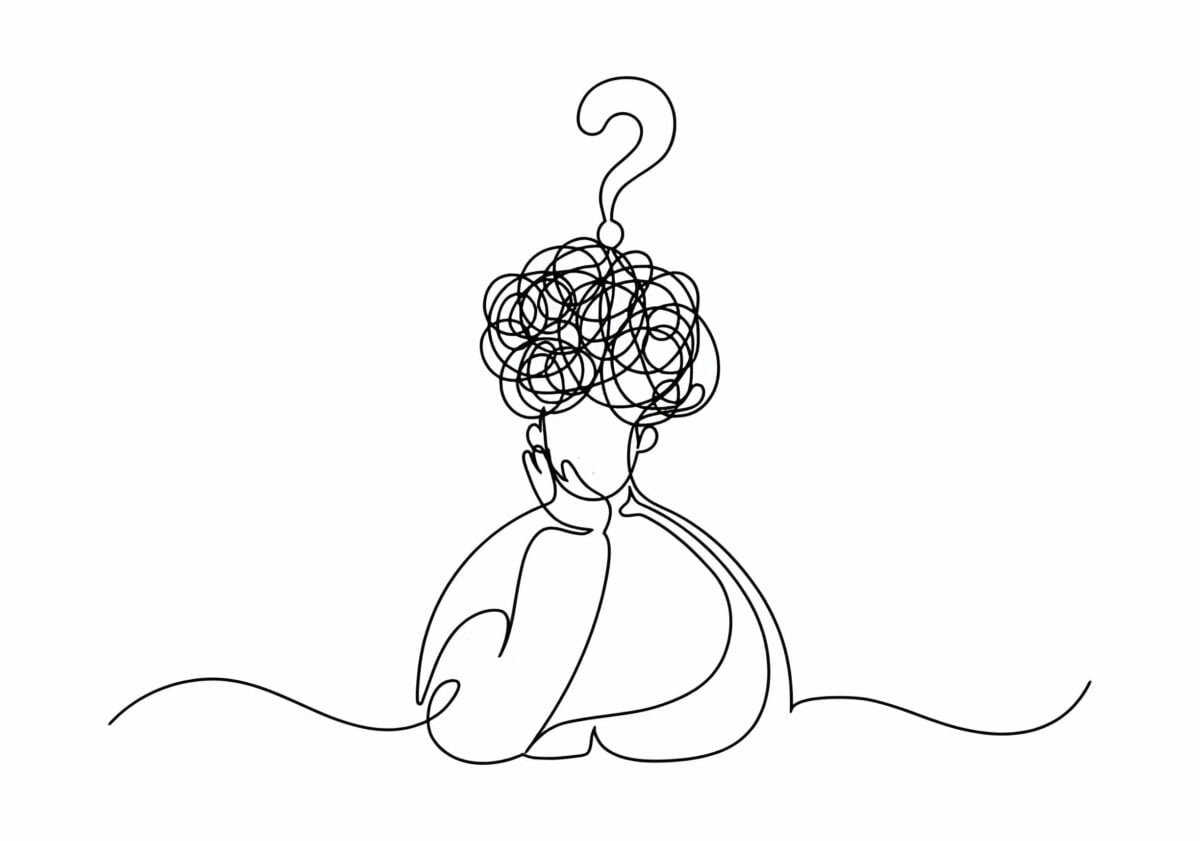Did you know that anxiety affects millions? Art therapy offers solace. Its techniques provide a creative outlet. This expressive form helps alleviate anxiety. According to a study by the Journal of the National Cancer Institute, 71% of participants reported reduced levels of anxiety after art therapy sessions.
Through various methods like drawing, painting, and sculpting, individuals channel their emotions. These techniques engage the mind and body, fostering relaxation. Art therapy techniques don’t require artistic excellence. It’s about the process, not the product. Participants find relief as they explore their feelings visually. Thus, art therapy techniques serve as a powerful tool for managing anxiety.
20 Art Therapy Techniques to Deal with Anxiety
Anxiety is a common mental health issue affecting millions worldwide. Art therapy offers a creative outlet for managing anxiety symptoms. Here are detailed explanations of the first 10 techniques to help:
Mindful Coloring:
Mindful coloring involves focusing on the present moment while coloring intricate designs. This technique promotes relaxation by redirecting attention away from anxious thoughts. By concentrating on the colors and movements of coloring, individuals can experience a sense of calmness and reduce stress levels. Mindful coloring can be practiced independently or as part of a structured therapy session.
Mandala Creation:
Mandala creation is a form of art therapy that involves drawing intricate geometric patterns within a circular framework. The repetitive nature of creating mandalas can induce a meditative state, promoting relaxation and reducing anxiety. Mandala-making allows individuals to express their inner thoughts and emotions through artistic expression. The process of designing and coloring mandalas can also enhance focus and concentration.
Painting Emotions:
Painting emotions involves using colors, shapes, and brushstrokes to represent internal feelings and experiences. Through the act of painting, individuals can externalize their emotions and gain insight into their subconscious mind. Painting allows for non-verbal expression, making it particularly beneficial for those who struggle to articulate their emotions verbally. By visually depicting emotions on canvas, individuals can process and release pent-up feelings, leading to emotional catharsis and relief.
Collage Making:
Collage making is a versatile art therapy technique that involves assembling various materials such as images, photographs, fabrics, and text onto a surface to create a cohesive artwork. Collages can be used to explore themes related to anxiety, self-discovery, and personal growth. The process of collage making encourages creativity and imagination, allowing individuals to express themselves in a visually engaging way. Collage making can also serve as a form of distraction from anxious thoughts and promote feelings of accomplishment and satisfaction.
Journaling with Art:
Journaling with art combines written journal entries with artistic expression, such as drawing, painting, or collage. This integrated approach allows individuals to explore their thoughts and emotions through both words and images. Journaling with art provides a creative outlet for self-reflection and introspection, aiding in the processing of difficult emotions associated with anxiety. By combining writing with art, individuals can gain a deeper understanding of themselves and their experiences, leading to increased self-awareness and insight.
Sculpting Feelings:
Sculpting feelings involves using three-dimensional materials such as clay, playdough, or wire to represent emotions in a tangible form. Sculpting allows individuals to physically mold and shape their feelings, providing a sense of control and empowerment over their emotions. The tactile nature of sculpting can be therapeutic, offering a sensory experience that promotes relaxation and stress relief. Sculpting feelings also encourages individuals to explore the physical sensations associated with their emotions, fostering a deeper connection between mind and body.
Guided Imagery Drawing:
Guided imagery drawing is a technique that involves visualizing a peaceful scene or scenario and then drawing it on paper. This technique encourages individuals to tap into their imagination and create a mental image of a calming environment, such as a tranquil beach or serene forest. By translating this mental image onto paper through drawing, individuals can reinforce feelings of relaxation and tranquility. Guided imagery drawing can serve as a form of visualization therapy, helping to reduce anxiety and promote a sense of inner peace.
Nature Sketching:
Nature sketching involves spending time outdoors and sketching natural elements such as trees, flowers, and landscapes. This technique allows individuals to connect with nature and immerse themselves in the beauty of the natural world. Nature sketching promotes mindfulness by encouraging individuals to observe their surroundings with heightened awareness and attention to detail. The act of sketching also provides a creative outlet for self-expression and can serve as a form of meditation, calming the mind and reducing stress levels.
Emotion Wheel Art:
Emotion wheel art involves creating a visual representation of different emotions using colors and symbols. By mapping out various emotions on a wheel or chart, individuals can gain insight into their emotional experiences and patterns. Emotion wheel art allows for the exploration and identification of complex feelings, helping individuals to better understand and manage their emotional states. This technique can be used in conjunction with other art therapy methods to facilitate emotional expression and self-awareness.
Positive Affirmation Art:
Positive affirmation art involves creating artwork featuring affirming messages or quotes designed to uplift and inspire. By incorporating positive affirmations into their artwork, individuals can cultivate a more optimistic and resilient mindset. Positive affirmation art serves as a visual reminder of one’s strengths and capabilities, fostering self-confidence and self-esteem. Displaying these pieces in living spaces can provide a daily dose of encouragement and motivation, promoting mental well-being and emotional resilience.
Silent Art Expression:
Silent art expression involves engaging in art-making activities without verbal communication or external distractions. This technique allows individuals to focus solely on the creative process and their internal thoughts and emotions. By working in silence, individuals can cultivate a sense of inner calm and introspection, facilitating deeper self-awareness and emotional exploration. Silent art expression encourages mindfulness and presence in the moment, promoting relaxation and stress reduction.
Group Art Activities:
Group art activities involve participating in creative endeavors with others in a supportive and non-judgmental environment. These activities can include collaborative art projects, group discussions, and sharing of artwork. Group art activities foster a sense of community and connection, allowing individuals to feel understood and accepted by peers who may share similar experiences. By engaging in art-making together, group members can offer mutual support and encouragement, leading to increased feelings of belonging and social connection.
Texture Exploration:
Texture exploration in art therapy involves experimenting with different tactile materials to create sensory-rich artwork. This technique encourages individuals to explore the physical sensations of touch and texture, fostering a deeper connection between mind and body. Texture exploration can involve using materials such as sand, fabric, paper, or found objects to create layered and textured compositions. By engaging multiple senses, texture exploration promotes relaxation, sensory integration, and emotional expression.
Symbolism in Art:
Symbolism in art therapy involves using symbolic imagery to represent deeper meanings and emotions. Symbols can be personal or universal and may include objects, colors, shapes, or patterns. By incorporating symbolism into their artwork, individuals can explore subconscious thoughts and feelings in a non-verbal way. Symbolism allows for metaphorical expression, enabling individuals to communicate complex emotions and experiences that may be difficult to articulate verbally. Through symbolically rich artwork, individuals can gain insight into their inner world and facilitate psychological healing.
Art Journal Prompts:
Art journal prompts are creative prompts or exercises designed to inspire artistic expression and self-reflection. These prompts can include writing prompts, drawing prompts, or mixed media prompts. Art journal prompts encourage individuals to explore various themes and topics related to their personal experiences, emotions, and goals. By responding to prompts in their art journal, individuals can gain insight into their thoughts and feelings, promote self-discovery, and foster personal growth. Art journaling can be an effective tool for processing emotions, managing stress, and enhancing well-being.
Expressive Movement Art:
Expressive movement art involves using body movements to create art, such as dance, finger painting, or gesture drawing. This technique allows individuals to express emotions and release tension through physical movement and expression. Expressive movement art can be spontaneous and improvisational, allowing for uninhibited self-expression and creativity. By engaging in expressive movement, individuals can access and release pent-up emotions, promote body awareness, and experience a sense of freedom and liberation.
Dream Art Interpretation:
Dream art interpretation involves creating artwork inspired by dreams and exploring the symbolic meanings behind dream imagery. This technique allows individuals to tap into their subconscious mind and access deeper layers of meaning and insight. Dream art interpretation can involve visualizing dream scenes, symbols, or characters and translating them into artistic representations. By exploring dreams through art, individuals can gain a better understanding of their unconscious thoughts, desires, and fears, leading to increased self-awareness and personal growth.
Music-Inspired Art:
Music-inspired art involves creating artwork inspired by music, sounds, or lyrics. This technique allows individuals to channel the emotional and sensory experiences evoked by music into visual expression. Music can serve as a source of inspiration, mood enhancement, and creative energy for art-making. By listening to music while creating art, individuals can enhance their creative process, evoke specific emotions, and deepen their connection to the artwork. Music-inspired art can be a powerful tool for emotional expression, stress reduction, and relaxation.
Artistic Visualization Exercises:
Artistic visualization exercises involve visualizing calming scenes or scenarios and then recreating them through art. This technique combines the benefits of visualization and artistic expression to promote relaxation and emotional healing. By mentally picturing a peaceful environment and translating it into artwork, individuals can evoke feelings of serenity, tranquility, and inner peace. Artistic visualization exercises can be tailored to individual preferences and interests, allowing for personalized and meaningful creative experiences.
Reflection and Integration:
Reflection and integration involve reflecting on one’s artwork and integrating insights gained from the creative process into daily life. This final step in art therapy allows individuals to deepen their understanding of themselves and their experiences. By reflecting on their artwork, individuals can gain insight into their thoughts, emotions, and behaviors, leading to increased self-awareness and personal growth.
Conclusion
Art therapy offers a versatile and effective approach to managing anxiety. Through creative expression, individuals can explore their emotions, foster mindfulness, and find inner peace. Incorporating these techniques into daily life can promote mental well-being and resilience.





